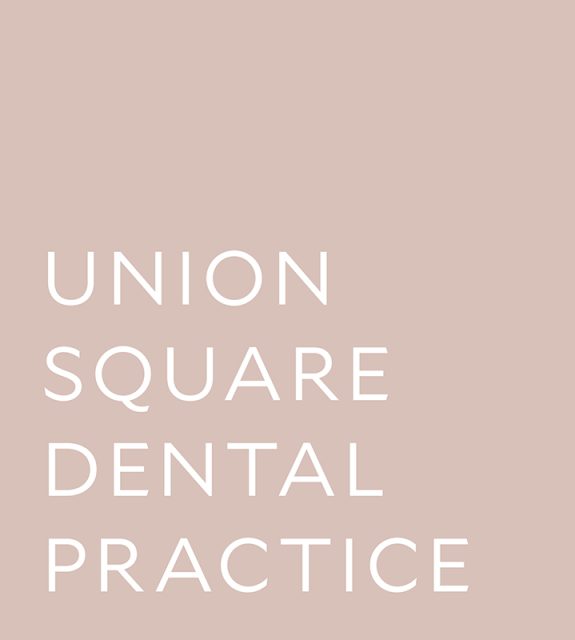Whether you're focusing on leg day or arm day, it's easy to realize that there isn't a specific day in our workout regimens that allow us to focus on our spine. While our spine doesn't necessarily get the recognition deserved it is important to be aware of the importance of spinal health. Haute Beauty sat down with spine and joint expert Dr. Amin Javid to discuss how to build a stronger spine and the supplements needed in maintaining optimal spinal health.
Haute Beauty: Which exercises would you recommend to help build a stronger spine?
Dr. Amin Javid: A strong spine is the key to optimal neuromusculoskeletal and organ health. There are many present-day misconceptions including what the true “core” muscles even are. Spinal stabilization can be accomplished by strengthening the abdominal and the deep back muscles. These include the transverse abdominis, quadratus lumborum, abdominal oblique, multifidus, and the erector spinae group.
The general rule of spinal stabilization (strengthening) adheres to the following logic: since most of us spend the majority of our lives in flexion (bending forward - sitting, leaning over while carrying out tasks, etc..), it is imperative to strengthen what is called the postural muscles or spinal extensors. These are the group of muscles that help us to stand erect, to maintain proper biomechanical function. To this end, extension exercises (bending backward) become vital for strengthening and stabilizing the human spine while helping to maintain proper spinal curvature.
HB: How beneficial would Yoga or Pilates be in maintaining a healthy and functional spine?
AJ: Both Yoga and Pilates may be helpful in maintaining a healthy spine to the extent that they assist in core strengthening and increasing range of motion (ROM). However, there are considerations to be aware of. If one has any preexisting joint pain or dysfunction, it is important to avoid the positions/movements that stress those particular joints. Listen and obey your body’s caution signs. The immaculate human body has numerous defense mechanisms to warn us of injury prior to the injury happening. Pain and “trembling” are two of these caution signs. Keep in mind that you are built differently (and of a different age) then the others in that class and therefore you should customize the class to YOUR specific comfort level - this is not a competition. Overall, I tend to be more of an advocate of Pilates given the particular movements and their alignment with the structure and function of the human spine. It is not uncommon to have a patient walk into my office directly from a joint injury resulting from a Yoga or Pilates class.
HB: Which workouts should patients avoid after having spinal surgery?
AJ: Workouts to avoid after having spinal surgery typically include those that involve compressive forces to the spine. Of course, there are many types of surgeries but, as a general rule, exercises that involve compression to the spine would likely impede healing or cause further damage. One example of an exercise to avoid after spinal surgery is squatting while holding weights.
HB: Are there any supplements that would aid in developing a functional spine?
AJ: There are several supplements that may assist in spinal health. Among the most common are: Glucosamine/Chondroitin, Omega-3 fatty acids and Methylsulfonylmethane (MSN). It is a good idea to consult your physician prior to incorporating any of these into your dietary regiment.
HB: What should patients who are active in sports or strenuous workouts be aware of when recovering from a spinal surgery?
AJ: Patients who are physically active and have endured spinal surgery should be highly cautious when exercising. Rehabilitation after spinal surgery is imperative for your spine. You must again heed your body’s warning signals: sharp pains, trembling/shaking, feeling of instability or weakness are all ways that your body communicates with you. So, listen! Many people are (understandably) anxious to recover so they do too much too soon and re-injure themselves. While the movement is key to recovery, it must be measured and incrementally progressed in parallel with what your body can withstand. Having said that, there are often alternatives to spinal surgery that people are unaware of. I suggest that, prior to having any form of invasive surgery, you consult at least two other physicians only after you have explored conservative options such a Chiropractic care by a knowledgeable practitioner.
For more information, visit Dr. Amin Javid's social media:

























